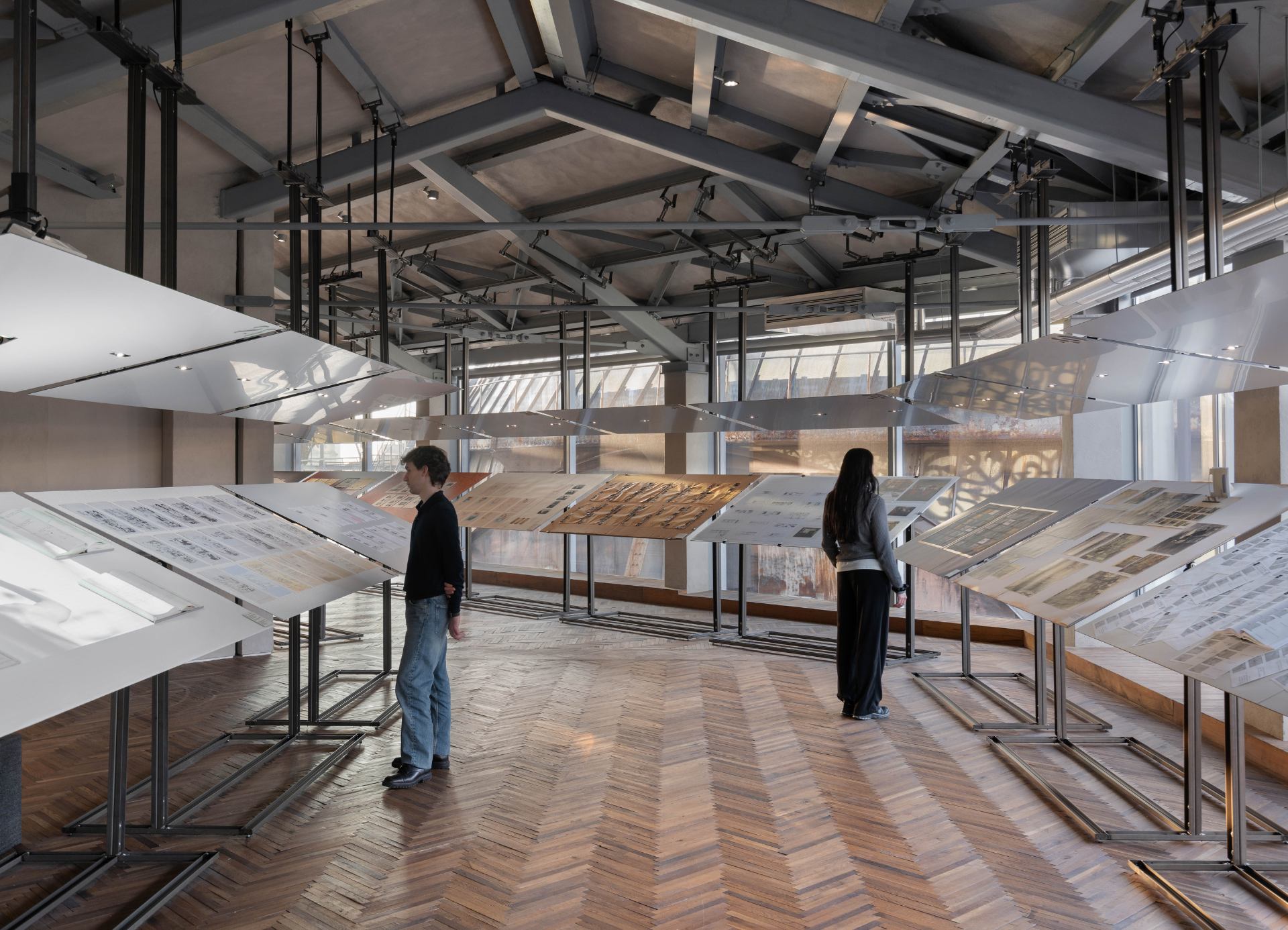Currently exhibited at Triennale Milano, Diachronicles is a thought-provoking photographic work that challenges the traditional notions of historiography and raises questions about the authenticity and reliability of historical evidence. In this conversation, Giulia Parlato explores the role of archaeology, photography, and museums in shaping historical narratives while her powerful photographs invite us to question the official versions of history and to consider the underlying complexities that shape our understanding of the past.

Evidence n.5 (The Zig Zag lllusion), giclée print, 25x31,4cm, 2021 Courtesy of Museo Archeologico Regionale A. Salinas

In Preservation, In Destruction, giclée print, 2019

Fix, giclée print, 2021

The Theft of Caravaggio (Nativity with St. Francis and St. Lawrence), giclée print, 2021. Courtesy of Amici Dei Musei Siciliani

Gap, giclée print, 2020. Courtesy of Palazzo Butera, Collezione Francesca e Massimo Valsecchi

Box, giclée print, 40x26,6cm, 2019
KOOZ You define your practice as being grounded by “the melancholic and frustrating state caused by humans’ impossibility to understand the past”. How did this frustration lead you to research the histories, myths and cultural heritage of our society?
GP I think we all have this feeling of nostalgia and curiosity when it comes to history. In my case, I guess that it came from childhood. My mother’s job is to study and look after ancientbuildings in Sicily and my brother and I always visited archeological sites and palazzos with our parents, who used to explain to us about their histories. I carry that fascination with me even today.
We all have this feeling of nostalgia and curiosity when it comes to history.
KOOZ Specifically, the project Diachronicles, seeks to highlight the way in which, through time, objects and their images have been the protagonists of multiple and different narratives, underlining the impossibility of fully knowing our past. What role do archaeology, photography and the museum as space play in shaping our historical narrative?
GP They have a central role. They all serve the same purpose of discovering and fixing in time what is considered to be valuable information. Furthermore, modern archeology has always had a strong relationship withphotography because they were born at the same time. What I focus on is the limitations of archeology, photography and the museum to understand what really took place in the past.
What I focus on is the limitations of archeology, photography and the museum to understand what really took place in the past.

The Storyteller, giclée print,25x31,4cm, 2019

Empty Box, giclée print, 41,3x50cm, 2019

Falcon, giclée print, 25x31,4cm, 2019. Courtesy of Museo di Zoologia P. Doderlein

Foundations, giclée print, 2022

Library, giclée print, 2020. Courtesy of Palazzo Butera, Collezione Francesca e Massimo Valsecchi
KOOZ You understand photographs as documents of truth. What truths do the photographs taken for / featured in Diachronicles unveil? How do these challenge the historical narratives portrayed by the institutions where they lie?
GP My photographs don’t unveil a truth. They do the very opposite. The work is exploring a documentary and forensic language, but all images are staged and they mostly portray forgeries. What I want the audience to experience is a sort of déjà vu. My photographs recall an idea of history imprinted in our brains, but in reality they don’t show any truth because the work is about history being familiar but ultimately inaccessible.
My photographs don’t unveil a truth. They do the very opposite.
KOOZ How do you seek to continue to deploy photography as a medium of research and analysis? What upcoming projects are you working on?
GP After working on Diachronicles for the past 4 years, I look forward to exploring photography from a different angle. At the moment, I’m working on a commissioned work I shot in New Zealand last October. I want to get it out there because it is very different from what I’ve done so far. It will be interesting to see if the opportunities that come after that will be also distinct and what kind of public will appreciate it.

Quarry, giclée print, 2019

Ladder, giclée print, 25x31,4cm, 2020

The Dig, giclée print,31,4x40cm, 2019

Evidence n.1, giclée print, 2019
Bio
Giulia Parlato (b. 1993, Palermo) is an artist who lives and works in London and Palermo. Her work investigates how images have historically been used as the documentation of truth, particularly in the realms of science and forensics. She
also challenges this visual language, creating a new space in which staged scenes unfold. The frustrating, melancholy state caused by the inability of humans to understand the past is at the heart of her work, in which she uses photography and video to investigate tales, myths and cultural heritage. Giulia Parlato’s works have been shown in Italy and internationally in group and solo exhibitions including Fotografia Europea (Reggio Emilia, 2022), Mucho Mas(Turin, 2022), Unseen Photo Fair (Amsterdam, 2021), Podbielski Contemporary gallery (Milan, 2021), Palazzo Rasponi 2 (Ravenna, 2020) and Gare du Nord for Paris Photo (Paris, 2019) and they have featured widely in print and online publications. In addition to the Young Italian Photography | Luigi Ghirri Award (2022), she also won the BJP International Photography Award Second Place (2020), the Innovate Grant (2020), the Camera Work Award (2020) and the Carte Blanche Étudiants Award (2019). In 2021 her work was selected by CAMERA for the European Futures Photography programme. Her works are now to be found in public and private collections. She is a founding member of Ardesia Projects, a curatorial platform devoted to contemporary photography.





